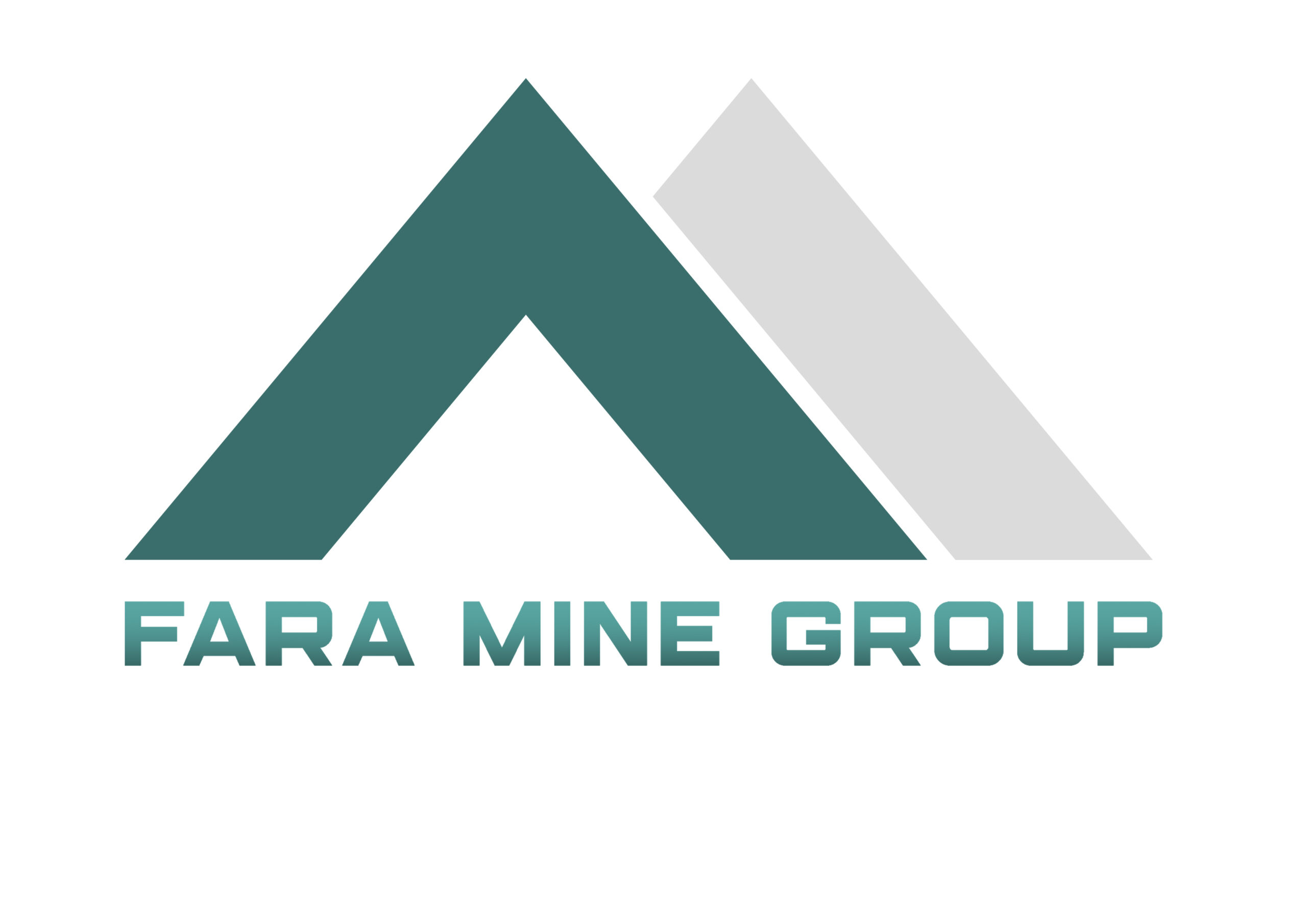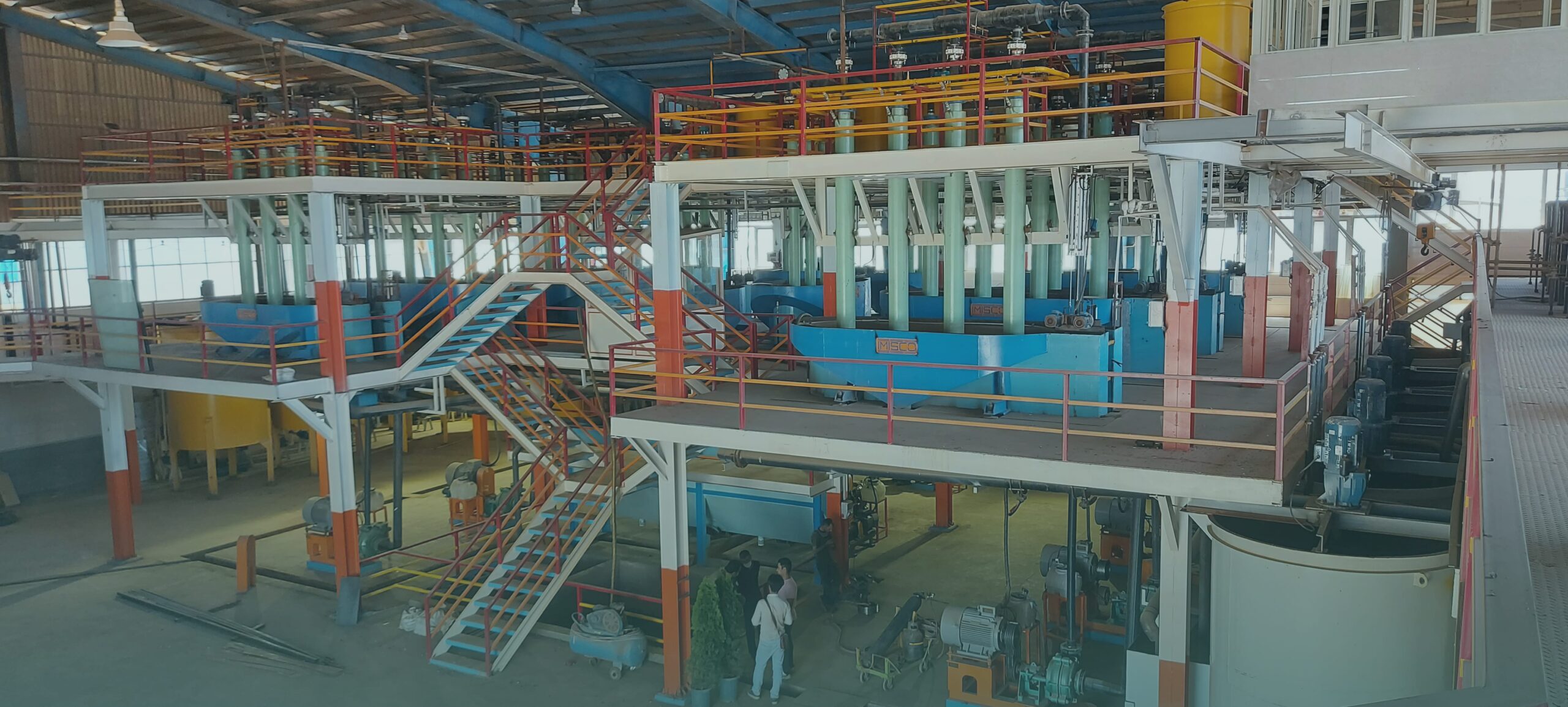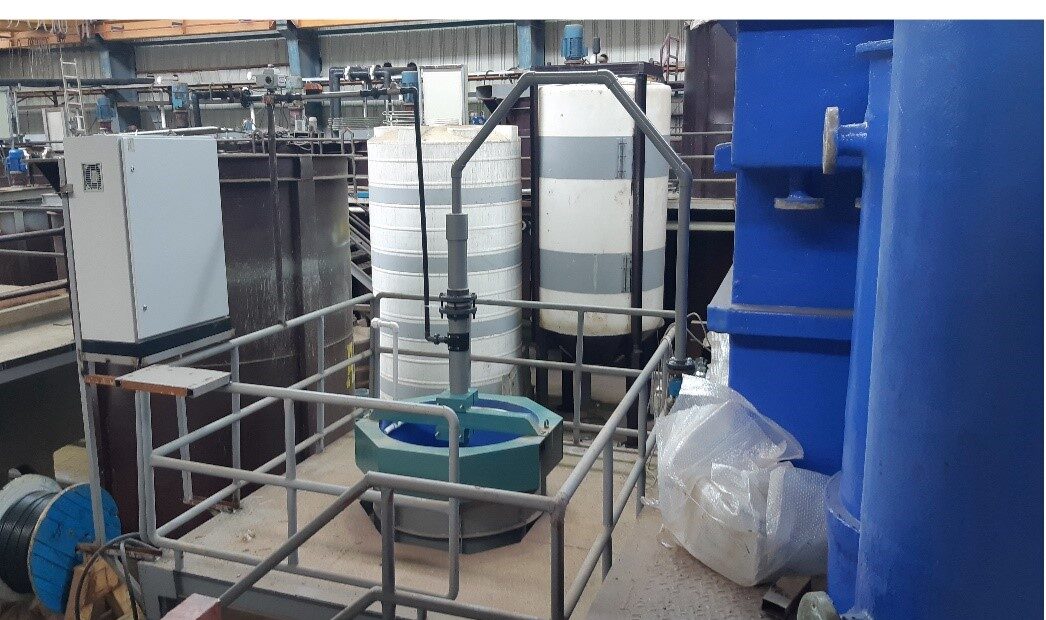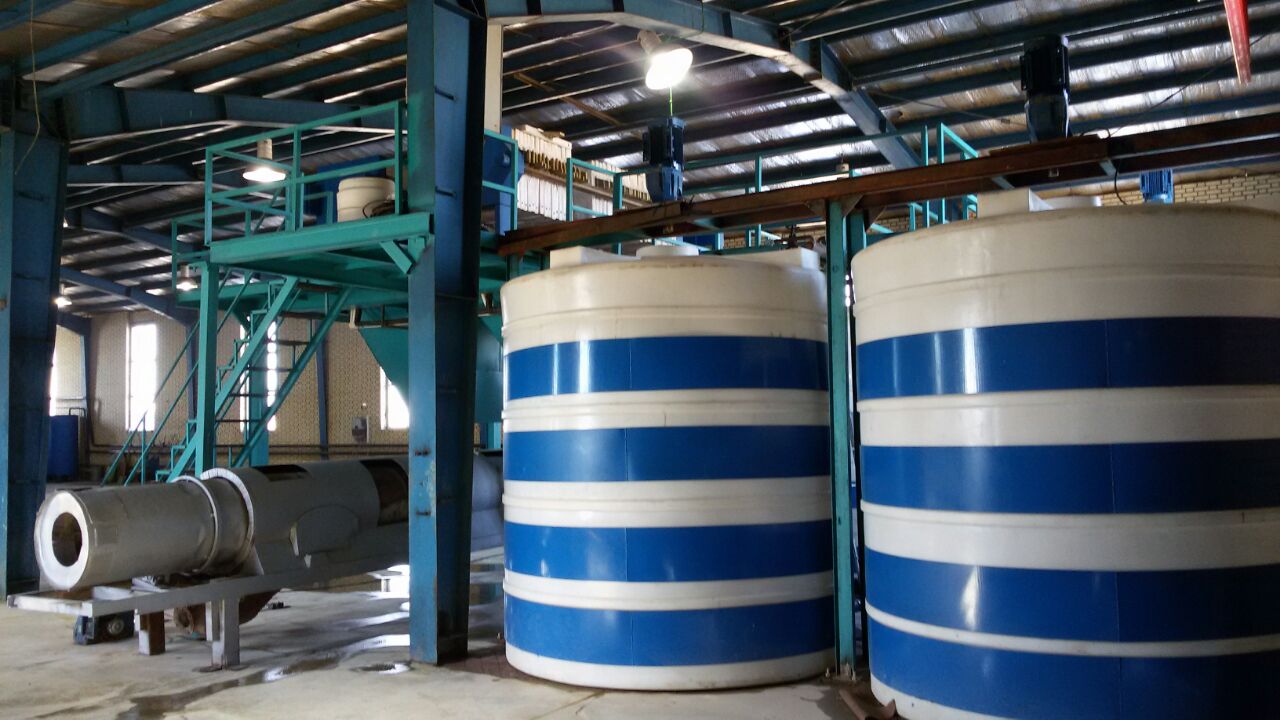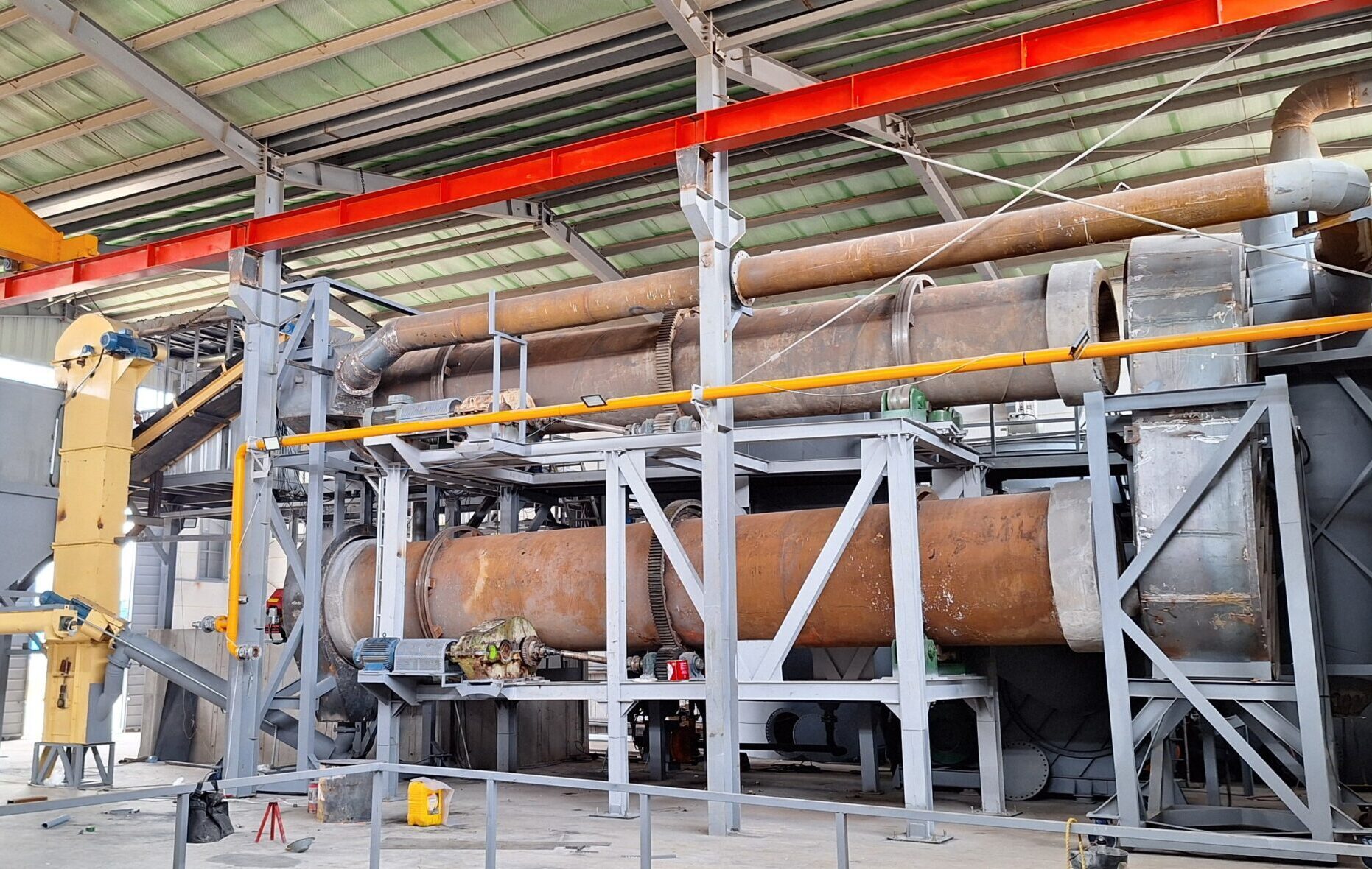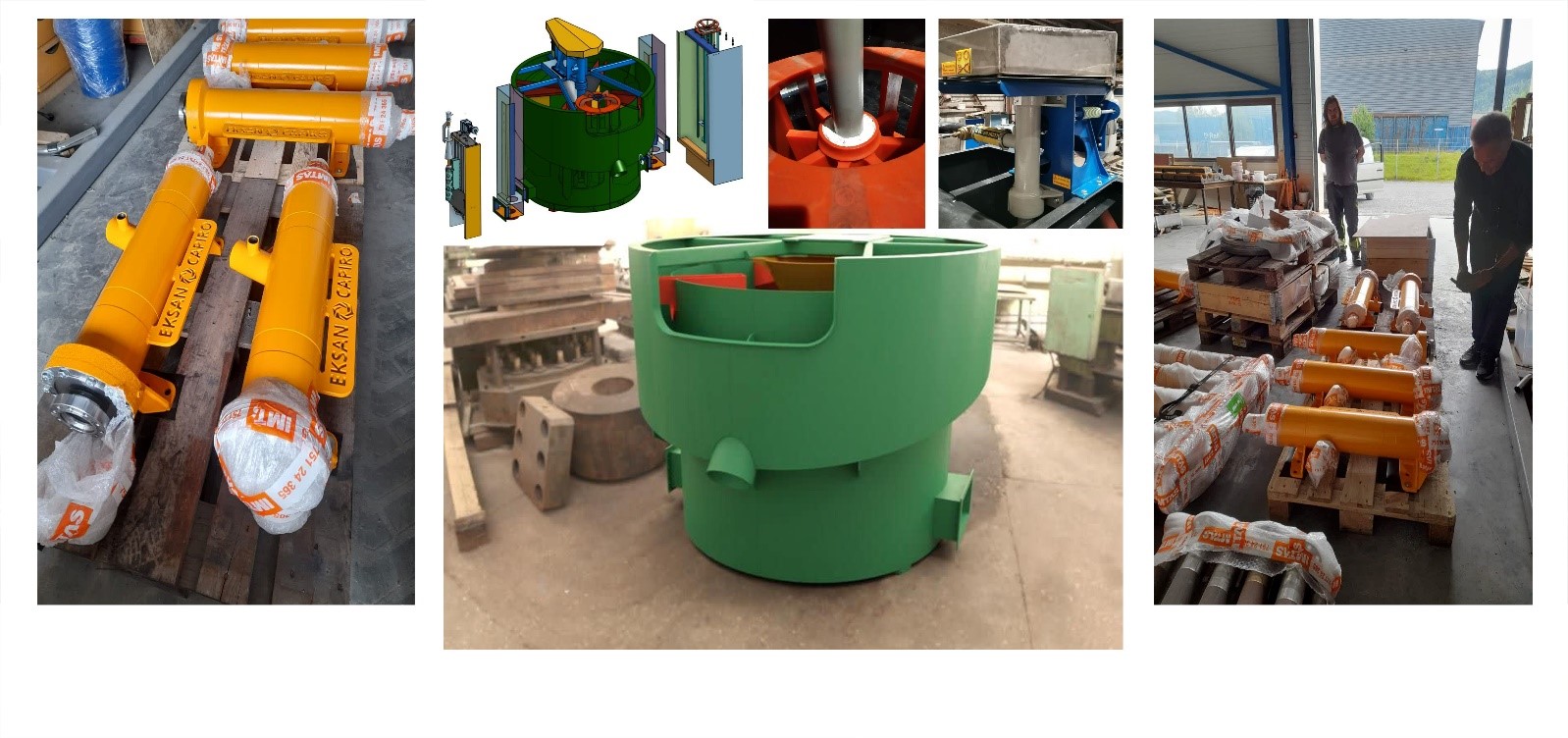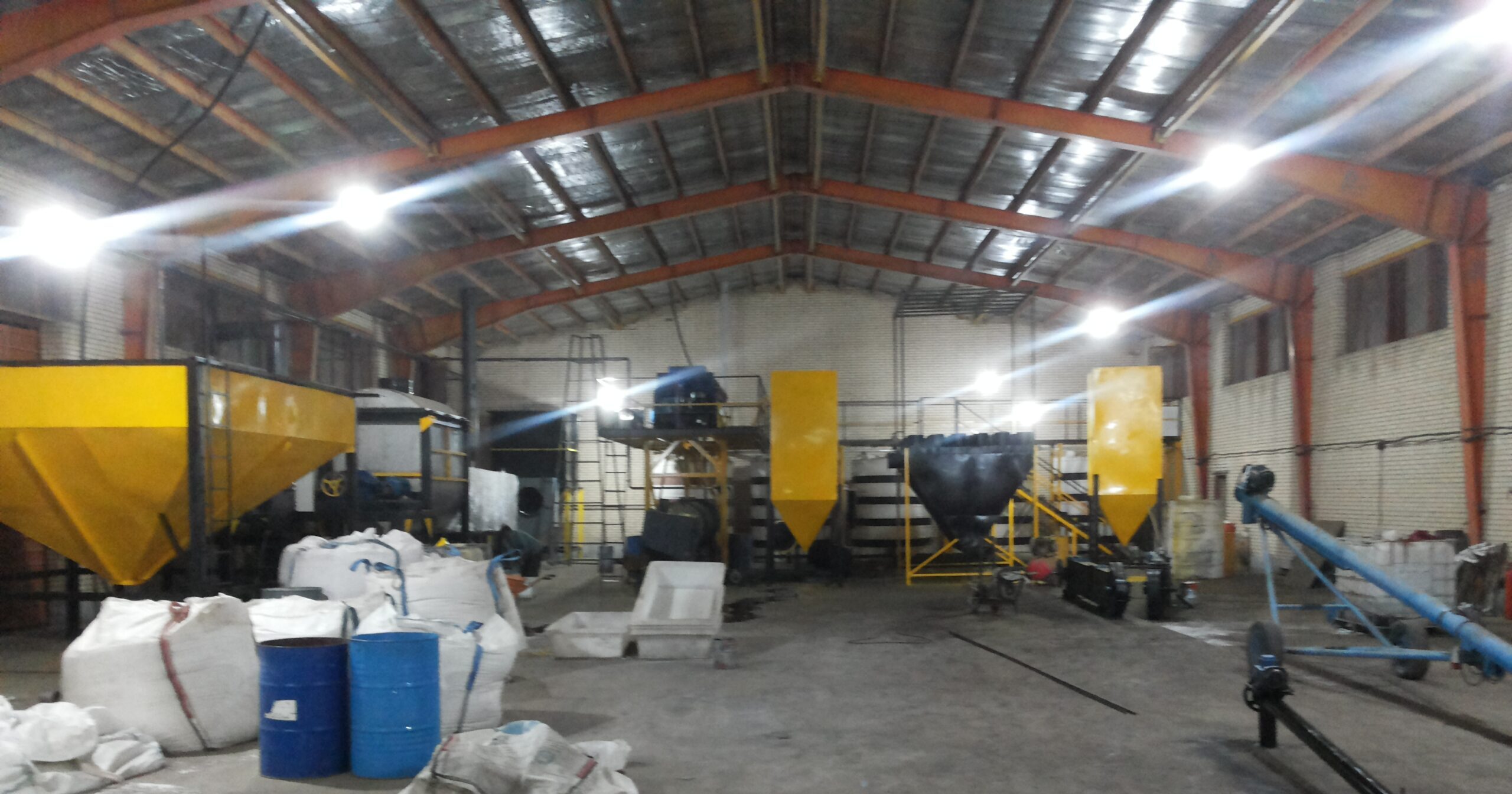The mining and mineral processing industry has always been a fundamental pillar of the global economy. This sector faces complex challenges that require innovative and creative solutions to overcome. One such solution is the use of industrial animation technologies, which can play a key role in increasing efficiency, reducing risk, and improving safety in this industry.
Three-dimensional visualization and process simulation
Industrial animation technologies, through three-dimensional visualization of mining and mineral processing operations, enable more accurate simulation and prediction of operational conditions. This assists managers and industry experts in making more informed decisions and managing risks. Additionally, optimizing processes and equipment with these technologies leads to increased efficiency and reduced production costs.
Design and engineering of plants.
Industrial animation technologies can play a crucial role in enhancing the design and engineering of mineral processing plants. Accurate 3D simulations of plant designs, equipment layouts, and material flow allow engineers to evaluate design concepts before implementation. This enables them to identify the optimal equipment arrangement, proper positioning of inputs and outputs, and efficient material flow, leading to more effective plant design.
Moreover, industrial animations provide the capability to simulate complex processes such as flotation and magnetic separation. This feature assists engineers in optimizing the design of equipment for these processes and evaluating their performance before construction and installation in the plant. This leads to reduced design and installation costs, as well as improved efficiency and productivity in the production line.
Analysis and Performance Improvement
In addition to design and engineering, industrial animations can also be applied in the analysis and improvement of existing plant performance. Accurate simulation of material and energy flows in processing plants allows for the identification and rectification of weaknesses and optimization of operations.
For example, simulating energy and water consumption in various processes can enable engineers and process specialists to evaluate and implement measures to reduce consumption. Additionally, industrial animations provide the capability to simulate potential incidents such as fires, hazardous material spills, and equipment failures. This capability helps managers and safety officers design, practice, and improve emergency response and crisis management plans.
Marketing and Launching New Products
Beyond their initial applications in process optimization and staff training, industrial animations can play a crucial role in enhancing the design and engineering of mineral processing plants. Precise 3D simulations of plant design, equipment layout, and material flow can assist engineers in evaluating design ideas before implementation. This capability allows them to identify and implement the optimal equipment layout, appropriate placement of inputs and outputs, and efficient material flow.
Documentation and Analytical Reporting
Industrial animations play a crucial role in documentation and analytical reporting for managers and stakeholders, aiding in better understanding and more accurate decision-making. By creating animations of processes and operations, they enable the presentation of interpretations and performance analyses to stakeholders and managers.
Conclusion
The application of industrial animation technologies in the mining and mineral processing industry can bring about a significant transformation in enhancing productivity, reducing risks, and improving safety. This technology contributes to optimal design, more effective employee training, improved marketing, and documentation, ultimately leading to the growth and sustainable development of this critical economic sector.
Industrial animations serve as a powerful tool in enhancing design, engineering, performance, and safety within the mineral processing industry. This technology, by providing realistic visuals and enabling interaction with them, significantly aids in increasing productivity and reducing costs in this sector.
